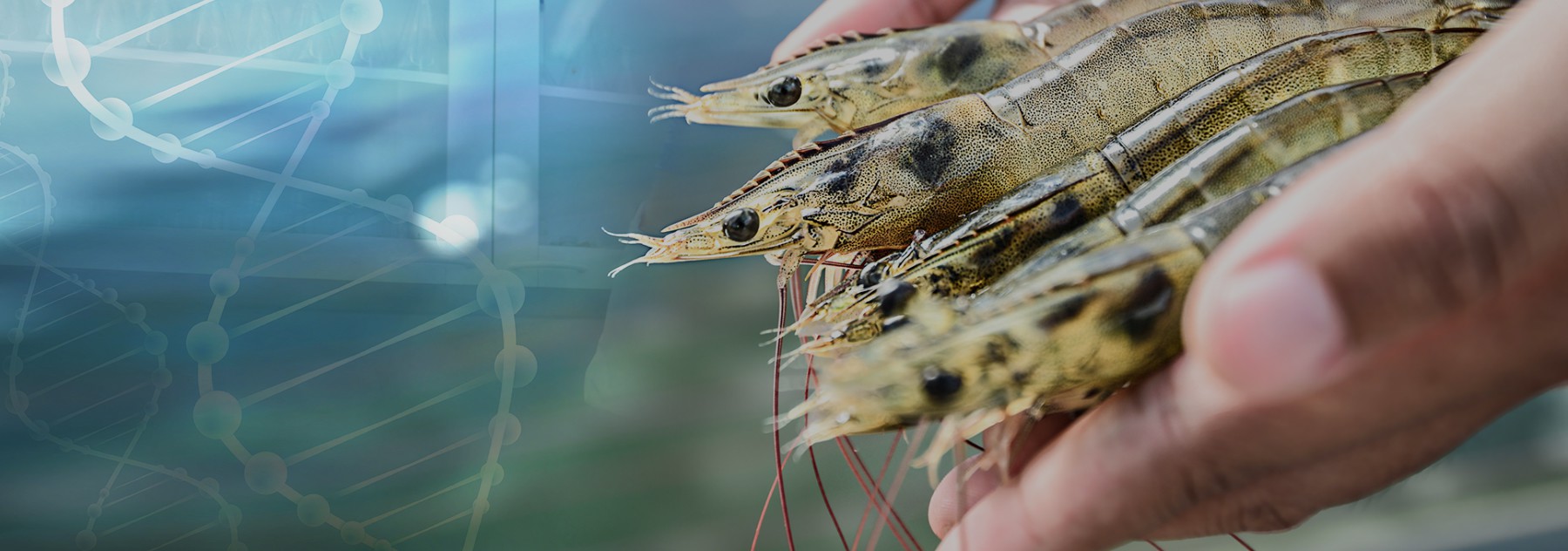Aquaculture is considered to be a high investment and high-risk food farming system and as such deserves the provision of insurance on a top priority basis. Insurance will not only compensate the financial losses to aquaculture producers and farmers but also benefit all stakeholders including insurers and the government.
Hardly three to four percent of world’s fish farmers are currently insured, thus offering a great growth opportunity to the aquaculture insurance sector. Whether it is the outbreak of disease, or epizootics, technical failure leading to environmental deterioration of the aquatic medium or extreme weather events, pollution and natural calamities such as drought and flood, the fish farmers suffer financial losses because of the stock mortality or damage of the aquaculture facilities.
During the lockdown period, several shrimp farmers reported occurrence of diseases and environmental deterioration due timely unavailability of technical advice, thus resulting in huge financial losses due to panic harvest. Such incidents call for urgent attention of the policy makers to consider the provision of insurance in the aquaculture as prevalent in agriculture sector.
Importantly, more than 50% fish production comes from aquaculture sources.With depletion of natural fish stocks in the sea, rivers, lakes and floodplains, the requirement of fish is being met through aquaculture across the world. According to a FAO report (2018), aquaculture- the farming of aquatic organisms, including fish, molluscs, crustaceans and aquatic plants- supplies about 80 million tonnes of food fish each year, which is 53 per cent of the total food fish consumed globally.
The announcement of investment of Rs20050 crores under the Pradhan Mantri Matsya Sampda Yojana (PMMSY) in India will further boost the development of aquaculture sector in the country.
Increasing the access of small and medium farmers to insurance will benefit all stakeholders- fish farmers, insurers, the governments and other players in the value chain. Insurance helps farmers recover quickly from disaster, forestalling costly post-disaster public compensation which is a strain on government exchequer. It also enables farmers to recover quickly from the impact of risk, shortens the disruption of activities along the entire value chain, and encourages farmers to adopt best aquaculture practices.
However, challenges are many. Aquaculture insurance is available to most farmers in Europe, North America and Oceania while the majority of the farmers in Asia, Africa and Latin America have no access to aquaculture insurance. Like other industries, aquaculture farmers have many insurable interests like equipment, structures, employment and protection against accident and loss of life. However, it is more challenging when it comes to ‘stock’. Aquaculture stock unlike crop or livestock farming grows under water where it remains out of sight. Thus, aquaculture stock is subject to a unique set of risks and hazards,unlike any other food farming sector. It is difficult to assess or precisely estimate fish or shrimp stocks in the water. Except for some farm assets such as cages, hatchery, storerooms and farm equipment, the water body structures or ponds used for rearing species cannot be classified as building. So property insurance cannot be extended as risk cover. The small farmers operate using shared water resources and leased open-water bodies and the legality of the operation can be contested.
Thus, it is critically important for the government and other institutions including cooperatives and farmers’ associations to come forward to increase the penetration of insurance in aquaculture sub-sector, especially in India. The insurance services can be delivered through application of technology, policy and legislation, by helping to meet related information needs and building understanding and awareness of insurance as safety net for aquaculture, by testing, piloting and promoting innovative delivery models and products. The commercial insurance companies should work with the local government, fishery administrative agencies and fisheries cooperatives or FPOs in the provision of aquaculture insurance.
(Please share your experience, interesting news articles and case studies at aquapostnews@gmail.com)






